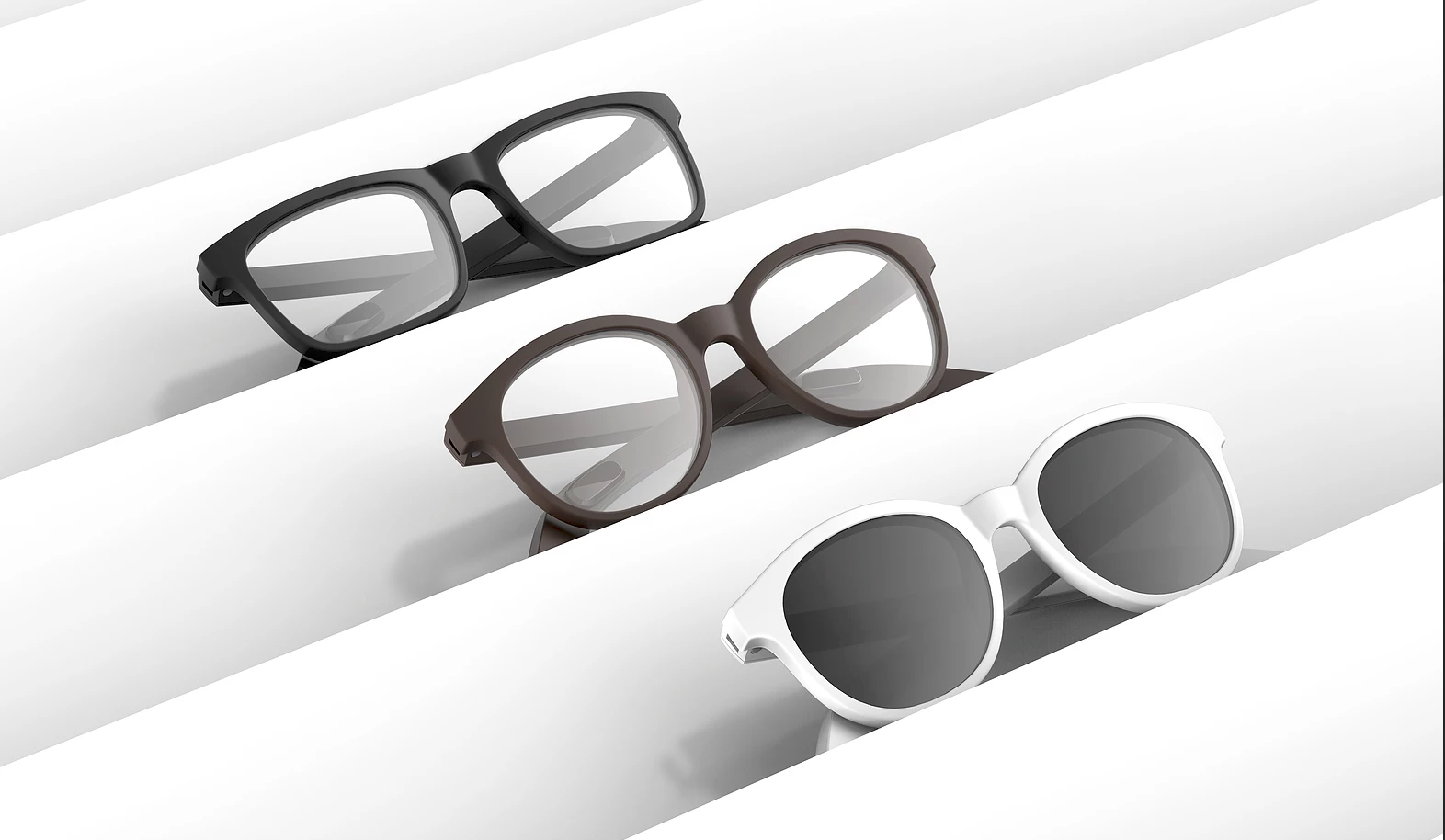Smart glasses advance from freak show to fashion show


Vue Smart Glasses
Whether experimenting with the enclosed headset of an HTC Vive, the augmented reality of Microsoft's HoloLens, or even the headset theater from Avegant or Vuzix, it's virtually impossible to use a head-mounted product without attracting generally unwelcome attention. Companies that make these products all want to make them less of an encumbrance. But their markedness eliminates any notion that they would be used as a casual everyday wearable as a pair of normal eyeglasses or sunglasses might.
The promise of omnipresence was pursued by Google Glass, the ambitious augmented reality headwear that became the height of the company's device hubris. Technology has marched on in the past four years since the debut of the $1,500 Google Glass Explorer Edition. A rumored revision of Glass hasn't appeared, but other companies have managed to develop high-tech eyewear that doesn't brand one a cyborg.
The best smart home, IoT products of CES 2017
The highest-profile of these, of course, has been Snap's Spectacles, a well-executed novelty companion to the darling personal media sharing app of millennials. The most conspicuous thing about the cartoonish Spectacles is its LED status light that informs people they're being recorded; this combats the surreptitious privacy invasion that helped to crush Glass. However, as Snap becomes a public company with greater accountability, it has begun expanding distribution for the product once sold through sporadically appearing vending machines.
Spectacles may be less conspicuous than Glass, but that hasn't saved them from being ridiculed by the makers of PogoCam, a tiny camera that activates with a tap and magnetically attaches a metal rail embedded into the temples of eyeglasses. PogoCam is a modern incarnation of an early Bluetooth headset-like wearable camera first offered by now-defunct Looxcie in 2010. However, PogoCam's ability to quickly attach to and detach from eyewear make it well-suited for hands-free opportunistic video capture in a way that GoPro can't match.
An even more traditional-looking product due to ship soon eschews troublesome imaging entirely. Having raised over $2.2 million on Kickstarter, Vue glasses can play private music via bone conduction and provide audio notifications. They are essentially a pair of smart earbuds embedded into the frames of glasses. The first units are expected to ship in July for about $200 and can be customized with prescriptions.
In fairness to Glass, products such as Spectacles and Vue offer relatively limited and, in some cases, mature functionality. None of them approach the ambition that Google's 2013 monocular augmented reality product embodied. As such, their acceptance doesn't necessarily indicate that our world is ready to be populated with billiards cheating and predatory pick-up stalking metadata or marauding digital alien game foes. However, at least for those who wear glasses, a traditional marker of tech savviness is becoming a less obtrusive tool for tech experiences.
Video: Smart glasses: They're back -- but are they better than before?